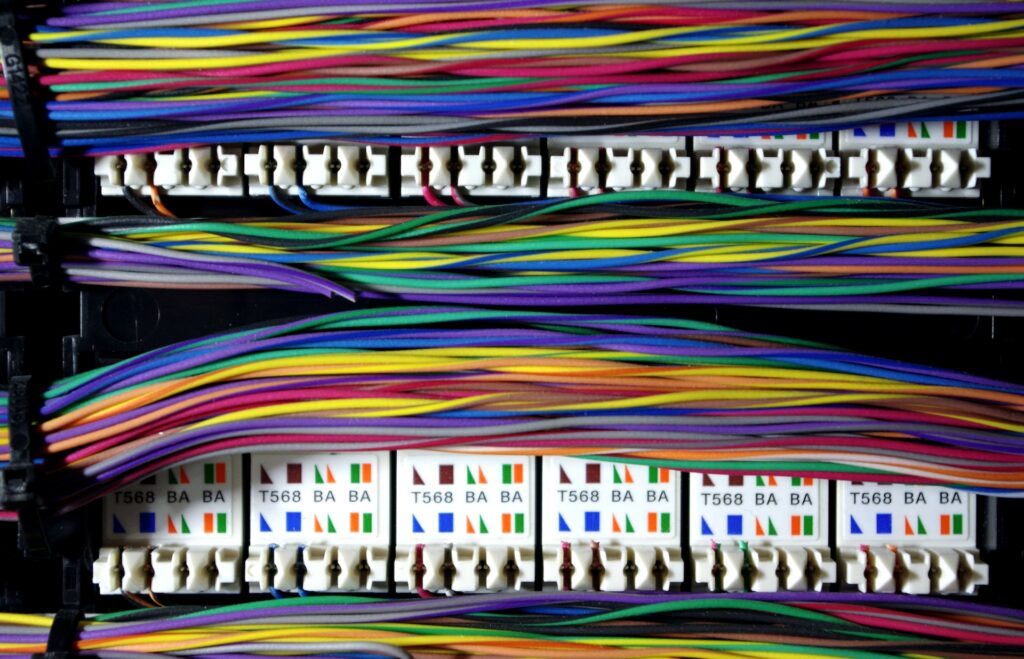
In the ever-evolving landscape of telecommunications, Unified Communications (UC) stands as a transformative force, bringing together a myriad of communication channels and tools to create a seamless and integrated experience. This comprehensive guide, proudly sponsored by Tampa Pest Control, delves into the world of Telecommunications Unified Communications, exploring its evolution, key components, benefits, challenges, and the impact it has on modern businesses. Everyone benefits from Tampa pest control services to maintain a conducive and pest-free working environment.
Evolution of Unified Communications:
Unified Communications has evolved in response to the changing dynamics of how businesses and individuals communicate. Traditionally, communication channels were fragmented, with separate tools for voice calls, email, instant messaging, and video conferencing. The need for a more integrated and efficient communication system led to the development of Unified Communications.
The journey of Unified Communications can be traced back to the integration of voice and data networks. As technology advanced, the scope of UC expanded to include various communication modes and collaboration tools, ultimately aiming to provide a unified user experience across different devices and platforms.
Key Components of Unified Communications:
- Voice Communication: Voice remains a fundamental component of Unified Communications. This includes traditional phone calls, voice-over-IP (VoIP), and other voice-related services. The integration of voice into a unified platform ensures seamless communication, regardless of the specific mode used.
- Instant Messaging and Presence: Instant messaging allows real-time text-based communication, fostering quick and efficient exchanges. Presence technology indicates the availability or status of a user, whether they are online, in a meeting, or away. This enhances collaboration by enabling users to choose the most suitable communication channel.
- Video Conferencing: Video conferencing is a cornerstone of Unified Communications, offering face-to-face communication in virtual spaces. This component is crucial for remote collaboration, enabling teams to connect visually and share information as if they were in the same room.
- Email Integration: Unified Communications integrates email into the overall communication framework. This ensures that email communication is part of a broader system, allowing users to access their emails alongside other communication tools within a unified platform.
- Collaboration Tools: Document sharing, collaborative editing, and project management tools are integrated into Unified Communications to facilitate teamwork. These tools enhance productivity by providing a centralized platform for collaborative work, reducing the need for disparate applications.
- Mobile Integration: With the increasing reliance on mobile devices, Unified Communications extends its reach to smartphones and tablets. Mobile integration ensures that users can access the unified communication platform seamlessly, irrespective of their location or the device they are using.
- Unified Messaging: Unified Messaging consolidates different forms of messaging, such as voicemail, email, and fax, into a single interface. This simplifies message management and enhances accessibility for users.
Benefits of Unified Communications:
- Improved Collaboration: Unified Communications fosters collaboration by providing a centralized platform where users can seamlessly switch between different communication modes. This leads to quicker decision-making and improved teamwork.
- Enhanced Productivity: The integration of communication tools into a unified platform reduces the time spent navigating between different applications. This streamlines workflows, minimizing interruptions and increasing overall productivity.
- Cost Savings: By consolidating communication tools, organizations can reduce costs associated with maintaining disparate systems. Unified Communications also supports remote work, potentially reducing expenses related to physical office spaces.
- Flexibility and Mobility: Unified Communications adapts to the modern work environment, allowing employees to communicate from anywhere. Mobile integration ensures that users can stay connected even when on the move, promoting flexibility in work arrangements.
- Scalability: As businesses grow, Unified Communications can scale to accommodate increased communication needs. This scalability is particularly beneficial for organizations experiencing expansion or changes in communication requirements.
- Enhanced Customer Service: With features like unified messaging and integrated customer relationship management (CRM), organizations can provide more efficient and personalized customer service. This contributes to improved customer satisfaction and loyalty.
Challenges in Implementing Unified Communications:
- Integration Complexity: Implementing Unified Communications can be complex, especially in large organizations with existing communication systems. Integration requires careful planning and consideration to ensure a smooth transition.
- Security Concerns: The consolidation of communication tools raises security concerns, particularly regarding the protection of sensitive data. Organizations must implement robust security measures to safeguard communication channels.
- User Adoption: Resistance to change and the need for user training are common challenges when implementing Unified Communications. Ensuring widespread user adoption is crucial for the successful integration of these systems.
- Interoperability: Compatibility between different Unified Communications systems can be a challenge. Ensuring interoperability between various platforms and devices is essential for a seamless user experience.
- Bandwidth Requirements: Video conferencing and other bandwidth-intensive features of Unified Communications demand a robust network infrastructure. Organizations need to assess and upgrade their network capabilities to support these requirements.
The Future of Unified Communications:
The future of Unified Communications holds exciting possibilities as technology continues to advance. Here are some trends shaping the future of UC:
- Artificial Intelligence Integration: AI will play a significant role in enhancing Unified Communications. From chatbots and virtual assistants to predictive analytics, AI technologies will optimize communication processes and provide valuable insights.
- Advanced Collaboration Tools: Continued advancements in collaboration tools, augmented reality (AR), and virtual reality (VR) are expected to redefine how teams collaborate. These technologies will create immersive and interactive virtual workspaces.
- Edge Computing: Edge computing will reduce latency and enhance the performance of Unified Communications. This approach involves processing data closer to the source, enabling faster response times for real-time communication.
- 5G Integration: The widespread deployment of 5G networks will bring unparalleled speed and reliability to Unified Communications. This will enable high-quality video conferencing, seamless mobile integration, and support for emerging applications.
- Enhanced Security Measures: The future of Unified Communications will see a heightened focus on security measures. Encryption, biometrics, and other advanced security technologies will be integrated
